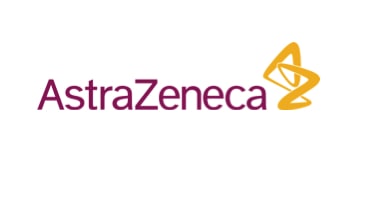
AstraZeneca has already revealed that the DAPA-HF trial of AstraZeneca’s diabetes therapy Farxiga in heart failure with reduced ejection fraction (HFrEF) was a win, but now we know by how much.
Lead investigator John McMurray of the University of Glasgow presented the results at the European Society of Cardiology (ESC) congress in Paris over the weekend to an enthusiastic audience.
He said that Farxiga (dapagliflozin) reduced the composite of cardiovascular (CV) death or worsening of heart failure by 26% (p<0.0001) – with the benefit seen in both diabetic and non-diabetic patients – when added to standard therapy.
The headline result was unveiled last month, but until now cardiologists were unable to gauge the scale of the improvement with the SGLT2 inhibitor, which seemed to have a positive impact across all 14 prespecified subgroups in the trial. Farxiga also reduced the risk for all-cause death by 17%.
Farxiga is the first drug in the class to complete a cardiovascular outcomes trial in HFrEF, and could open up an entirely new treatment category for these patients – and a whole new revenue stream for AZ as it chases after SGLT2 market leader Jardiance (empagliflozin) from Eli Lilly and Boehringer Ingelheim.
McMurray said that Farxiga “did all the things we would like any drug to do in heart failure, which are to improve symptoms, reduce hospital admissions and increase survival”.
Meanwhile, the discussant for DAPA-HF at the ESC – Marco Metra of the University of Brescia in Italy – described it as a “landmark trial” that could usher in “a new era in heart failure medical treatment”.
Farxiga is already growing quickly for AZ on the back of data showing it can reduce cardiovascular and kidney complicationsin diabetics, but DAPA-HF could extend its use into the non-diabetic population and make it an option for the millions of patients worldwide with heart failure.
However, HFrEF only accounts for around half of all cases and cardiologists are hoping that Farxiga might also show activity in heart failure with preserved ejection fraction (HFpEF), a hard-to-treat form of the disease that currently has no approved drug therapies.
Farxiga is currently being studied in HFpEF in the DELIVER trial as well as the DETERMINE study, which is enrolling both HFrEF and HFpEF patients. Those trials are due to read out next year.
Boehringer and Lilly aren’t resting on their laurels however, and recently won a fast-track review from the FDA for Jardiance in both HFrEF and heart failure with preserved ejection fraction (HFpEF) based on two trials – EMPEROR-Reduced and EMPEROR-Preserved – that are also due to read out next year.
AZ is comfortably in the lead at the moment however, and can expect Farxiga sales to go up a gear if – as seems likely – the data is cleared by regulators. Farxiga brought in $1.4bn in sales for the company last year, just over half the $2.7bn made by Jardiance, and grew another 14% to $726m in the first half of 2019.




